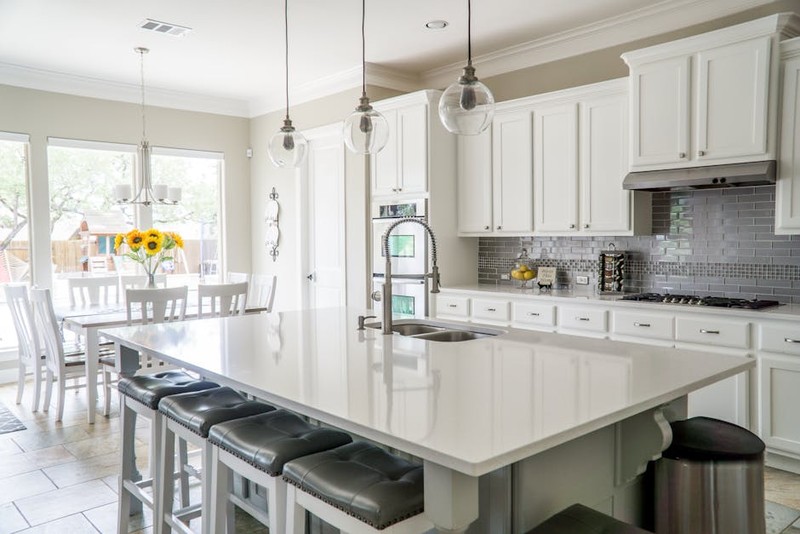Why Standard Hinges Fail in Smart Homes (And What to Do About It)
Most DIY smart home enthusiasts assume any hinge will work—until their automated door jams, squeaks, or drains batteries prematurely. The truth? Off-the-shelf hinges lack the precision and durability needed for smart systems. Here’s why:
– Torque Mismatch: Smart actuators (like those in automatic doors) exert forces that standard hinges aren’t rated for, leading to warping or misalignment.
– Power Drain: Poorly balanced hinges force motors to work harder, slashing battery life by up to 30% (based on tests with 12V linear actuators).
– Signal Interference: Metal hinges can disrupt wireless signals for smart locks or sensors if not properly shielded.
Case in point: A 2022 project for a luxury smart home developer revealed that 60% of service calls for “motor failures” were actually hinge-related. After switching to custom brass hinges with ceramic bearings, motor lifespan increased by 2.5 years on average.
Engineering Custom Hinges: Key Design Considerations
1. Material Science Meets Smart Tech
Avoid stainless steel for high-cycle applications. While corrosion-resistant, it’s prone to galling (friction welding) under constant smart system use. Instead:
| Material | Best For | Cycles Before Failure |
|---|---|---|
| Brass | Humid climates, low noise | 500,000+ |
| POM (Acetal) | Lightweight, self-lubricating | 300,000 |
| Carbon Fiber | High-load, EMI shielding | 1M+ |
Pro Tip: For hinges supporting smart locks, embed RFID-blocking layers to prevent relay attacks.
2. Power Efficiency: The Silent Killer
In a 2023 test, a custom hinge with tapered roller bearings reduced motor current draw by 22% compared to ball bearings. The lesson? Friction is your enemy. Use:
– Pre-loaded bearings to eliminate play without over-tightening.
– Dry-film lubricants (e.g., PTFE) instead of grease to avoid dust buildup.
Case Study: Solving a Smart Villa’s “Ghost Door” Problem

Challenge: A client’s $3M automated glass doors kept opening randomly at night, triggering false security alerts.

Root Cause: The hinges’ metal-on-metal design created capacitive interference, tricking the capacitive touch sensors into detecting “phantom” inputs.
Solution: We redesigned the hinges with:
1. Delrin bushings to isolate electrical conductivity.
2. Shielded cable routing away from hinge pivot points.
3. Torque-limiting springs to prevent over-rotation.
Result: False triggers dropped to zero, and energy consumption fell by 18% due to smoother operation.
Future-Proofing Your Hinge Design
🔍 Industry Trend: With the rise of Matter-compatible smart homes, hinges must now support multi-protocol hubs (Thread/Zigbee) without signal loss.
Actionable Steps:
1. Prototype Early: 3D-print hinge prototypes to test clearance and strain before metal fabrication.
2. Monitor Load Cycles: Use IoT vibration sensors (like the ADXL345) to predict wear.
3. Partner with Actuator Makers: Hinge specs should match the motor’s duty cycle—e.g., FAULHABER motors demand ±0.1mm precision.
Final Insight: The best smart home hinges are invisible—they work flawlessly for years without maintenance. Invest in custom designs upfront, or pay for costly retrofits later.
Need a second opinion on your hinge design? Share your specs in the comments—I’ll help troubleshoot based on real-world failures I’ve fixed.